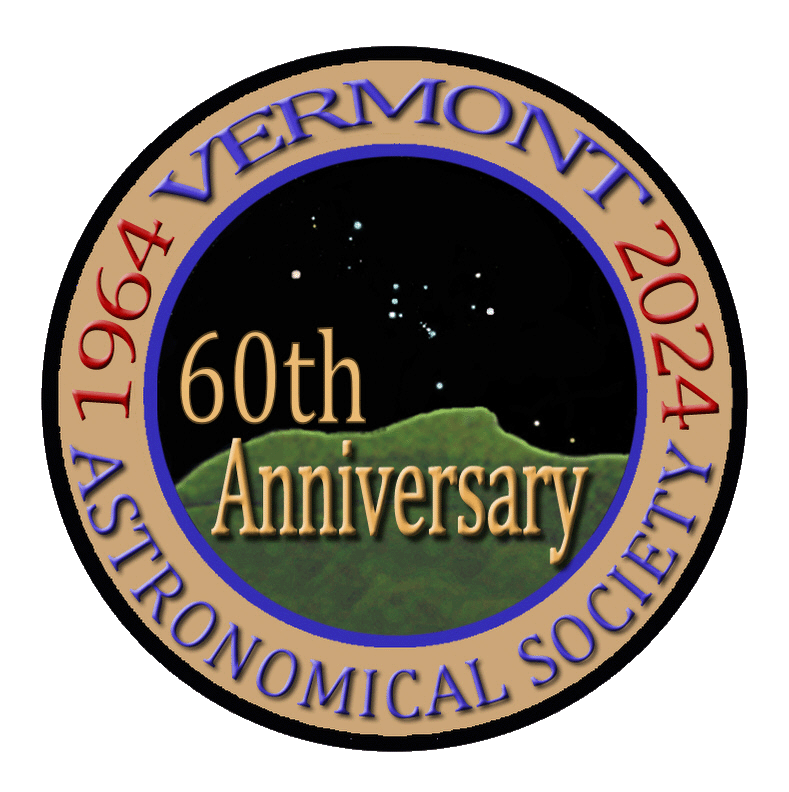M106 (NGC 4258) is a large intermediate spiral galaxy in the constellation Canes Venatici and is about 22-25 million light-years (ly) from Earth.
The dwarf galaxy, NGC 4248 can be seen at the bottom of the image. In addition, there are numerous galaxies seen surrounding M106 in this image. The edge-on spiral galaxy, NGC 4217 (not shown; 60 million ly away from Earth) is believed to be a companion galaxy to M106.
One of the things that makes this galaxy very interesting is its active nucleus is classified as a Type 2 Seyfert, which has supermassive black hole at its center and is surrounded by discs of material falling inward toward the black hole. As the gas consumed by the black hole heats up it emits microwave radiation that gives the galaxy two extra arms visible in light images (not shown in this image) as wisps of gas oriented perpendicularly to the main (star-forming) spiral arms. There’s a beautiful image of these energetic gas arms here.
Additionally, M106 contains two supernovae, SN 1981K and SN 2014bc.
Capture Dates: 3/7,8/2024
Equipment
Celestron EdgeHD 800 (native fL of 2032mm; f/10) with Celestron OAG and ASI174mm mini guide camera
ASIAir Plus, ASI2600MC, ZWO AM5 mount, ZWO 5-position filter wheel
Filters:
Antlia Triband Ultra RGB (Broadband) filter [123 x 300s = 10:15]
Antlia ALP-T 5nm Dual Narrowband Ha/OIII filter [4 x 300s = 0:20]
Luminance (UV/IR cut ASI2600MC) [60 x 60s = 1:00]
Total Exposure: 11:35
Processed with PixInsight and Adobe Photoshop.
M106 (NGC 4258) is a large intermediate spiral galaxy in the constellation Canes Venatici and is about 22-25 million light-years (ly) from Earth.
The dwarf galaxy, NGC 4248 can be seen at the bottom of the image. In addition, there are numerous galaxies seen surrounding M106 in this image. The edge-on spiral galaxy, NGC 4217 (not shown; 60 million ly away from Earth) is believed to be a companion galaxy to M106.
One of the things that makes this galaxy very interesting is its active nucleus is classified as a Type 2 Seyfert, which has supermassive black hole at its center and is surrounded by discs of material falling inward toward the black hole. As the gas consumed by the black hole heats up it emits microwave radiation that gives the galaxy two extra arms visible in light images (not shown in this image) as wisps of gas oriented perpendicularly to the main (star-forming) spiral arms. There’s a beautiful image of these energetic gas arms here.
Additionally, M106 contains two supernovae, SN 1981K and SN 2014bc.
Capture Dates: 3/7,8/2024
Equipment
Celestron EdgeHD 800 (native fL of 2032mm; f/10) with Celestron OAG and ASI174mm mini guide camera
ASIAir Plus, ASI2600MC, ZWO AM5 mount, ZWO 5-position filter wheel
Filters:
Antlia Triband Ultra RGB (Broadband) filter [123 x 300s = 10:15]
Antlia ALP-T 5nm Dual Narrowband Ha/OIII filter [4 x 300s = 0:20]
Luminance (UV/IR cut ASI2600MC) [60 x 60s = 1:00]
Total Exposure: 11:35Processed with PixInsight and Adobe Photoshop.
Super image Greg, you have that AM5 and 8" scope dialed in well. Great colors and details.
Terri
@terri Thanks, Terri! Mostly...I'm afraid the dew heater strip on the corrector plate is still giving me spikey stars that even BXT couldn't correct. I think this time it was because the dew heater was on (at very low aggressiveness) but it really wasn't cold. 🙃 When the temp started to go down (or when I turned the dew heater off temporarily) the spikes were minimized and barely noticeable. Oh, well.
I was really hoping to see a hint of those perpendicular gas jets, but I think I would have had to get a ridiculous number of hours on target at f/10 for that.
Greg

